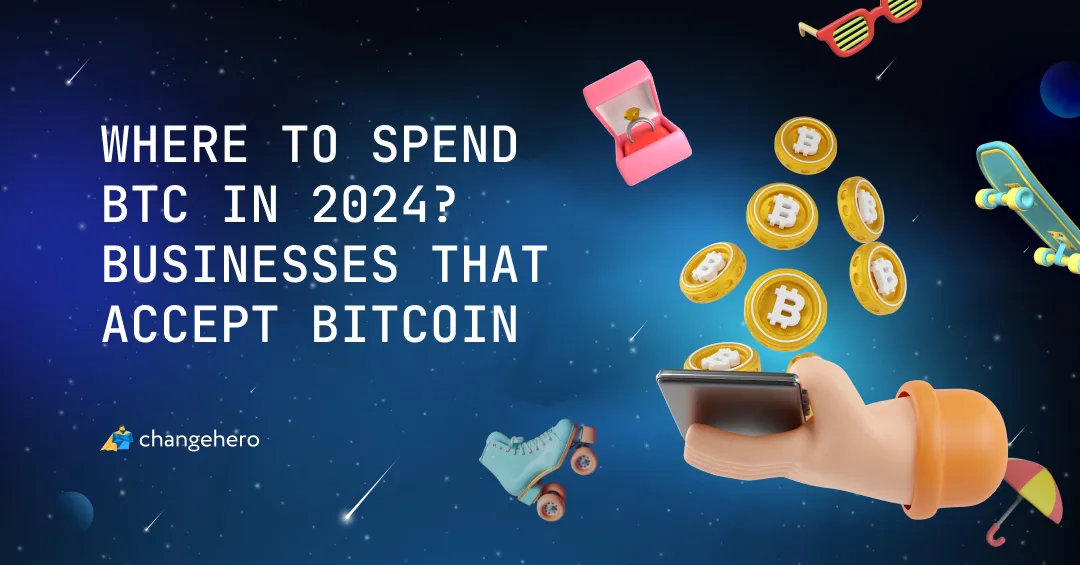The core idea of the Bitcoin was to enable peer-to-peer transactions but went off track and was not able to keep up with the promises. There are a ton of barriers not-only for Bitcoin but also for all other cryptocurrencies hindering the mass adoption. Scalability and Block size are a few factors which have been debated over the years by the crypto enthusiasts and also resulted in the branching of many chains to provide a true peer-to-peer payment solution to the users.
In this short post, ChangeHero will have a look into the scalability and how it is withholding the blockchain’s potential.
Basics first
A blockchain is akin to a ledger book but on the internet instead of the office desk and available to everybody. This digital ledger is made up of blocks that are connected to each other using the cryptographic hash. These blocks have the capability of holding batches of transactions and upon confirmation will be added permanently to the network. These blocks consist of transaction information such as date, time, amount of cryptocurrency in the transaction and the hash of the previous block and the current block. All this information occupies space on the block and every block has a preset block size limit.
In the early days, Bitcoin’s block size was limited to 36 MB. Later in 2010, it was downsized to 1MB to prevent attacks on the network and enforced a rule that blocks exceeding the limit will be rejected. Usually, adding a new block to the Bitcoin network takes around 10 minutes. This, in turn, resulted in the limiting of the number of transactions processed per second ultimately affecting the scalability of the network. At this rate, Bitcoin can process a maximum of 7 transactions per second.
Bitcoin grew in popularity over the years and the number of transactions has also increased over time. More transactions and a limited block size slowed down the entire network. It is one of the reasons why we see people waiting for hours and even days for their transactions to be confirmed. Moreover, transacting value over the Bitcoin chain became a virtual race in which users had to shell out more satoshis as fees to get their transactions confirmed quicker than the rest.
Blockchains’ take
Delay in the transactions and fees pose a major barrier for fulfilling the mass adoption dream for all the cryptocurrencies. People in crypto have addressed this issue in multiple ways.
Bitcoin tried to tackle this with the help of SegWit at the beginning and later Bitcoin Core developers came up with an off-chain solution called Lightning Network to make transactions process faster.
Ethereum has a throughput of around 20TPS currently and is trying to lift it up by implementing the PoS consensus mechanism to eliminate the AISC advantage by considering only the amount of stake to make the entire block creation process faster. Ripple claims to handle over 1500 transactions per second through its patented consensus algorithm. EOS uses a delegated proof-of-stake and once claimed that the protocol was able to process over 2000 transactions per second. There are other projects like NEO and QTUM whose TPS claims appear to be promising, but we haven’t seen them yet put to use.
On the contrary to all this, BCH came into existence as a result of the Bitcoin hard fork due to the difference of opinion of fixing scalability. BCH approached this by lifting the block size limit to 8MB and was able to process transactions faster than Bitcoin. This didn’t end quite well within the community and BCH underwent a hard fork and gave birth to BSV in 2018. As the name implies, BSV aims to bring back the satoshi vision and enable a true peer-to-peer payment solution. BSV approached the scalability issue by lifting the block size limit to 2GB and claims to handle over 1000 transactions per second. Taking it to another level through the Genesis upgrade, the block size limit is completely removed and the team showed off some impressive numbers. BSV is also working on a Teranode which would be able to process 4 million transactions per second and we just have to wait and see how things will unfold.
A win for all
For the cryptocurrency to be penetrated into the masses, projects must show that crypto can be put to use in everyday life. For the public to make this dramatic shift from the traditional means of payment to the crypto is only possible when people have gotten to see the real value behind using the cryptocurrencies — faster transactions and lower fees. Though lower fees will be a benefit for the users, it might turn out to be fatal for the miners and validators. Thus all the cryptocurrency projects must come up with a mechanism to balance the needs of both the end-users and the contributors.
We publish interesting content on our blog. Follow us on Twitter, Facebook, Reddit, Telegram and be the first to get notified.








